1. Bird Feeders
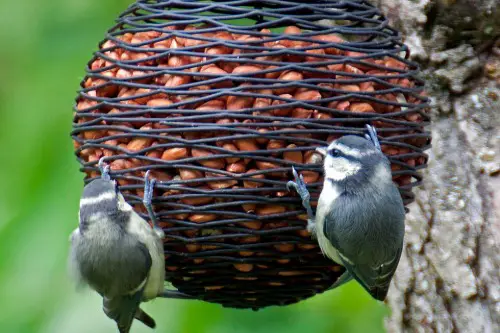
Bird feeders are a charming way to attract colorful feathered friends, but they can also bring some less-welcome guests. Spilled seed on the ground often attracts rodents like rats and squirrels, especially if the feeder isn’t regularly cleaned. Even raccoons and deer have been known to show up for a snack, depending on your location. Plus, the sugar content in nectar feeders can lure ants and wasps.
You might think you’re just helping the birds, but you’re also creating a buffet for critters you’d rather not deal with. If pests start associating your yard with food, they’re more likely to stick around. This can escalate to burrowing, nesting, and even trying to get into your home. Keep feeders tidy, use baffles, and clean up the ground below to cut down on unwanted attention.
2. Standing Water Features
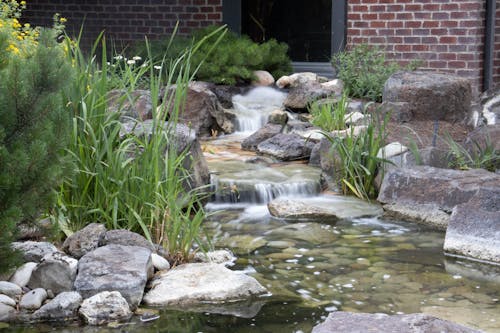
A pretty birdbath or small fountain might seem like a peaceful addition to your yard, but if the water isn’t moving or cleaned regularly, it becomes a mosquito nursery. Mosquitoes lay their eggs in still water, and it only takes a few days for larvae to hatch. Even a small amount left in the bottom of a decorative pot can be enough. Algae buildup also attracts insects and can even draw thirsty rodents.
Many people assume any water feature adds charm and ambiance, but stagnant water creates real problems. If mosquitoes find a place to breed, your entire outdoor area can become uncomfortable fast. Not to mention, more bugs often means more predators like spiders and bats hanging around. Opt for a fountain with a pump or empty and refill birdbaths every couple of days to avoid turning your yard into a pest hotel.
3. Outdoor Lighting
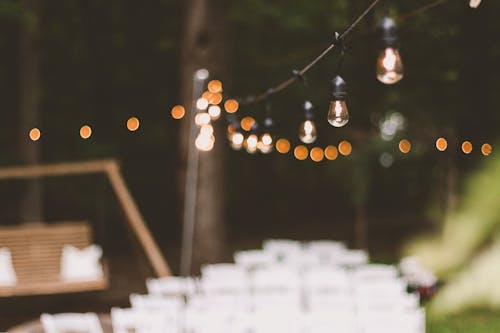
String lights and lanterns can make your backyard look like a fairytale, but they also attract a crowd—of bugs. Many insects are drawn to light, especially bright white or blue-toned bulbs. Moths, beetles, and gnats will swarm these setups, and spiders will follow to catch their dinner. Some bugs, like stink bugs, will even try to sneak into your home after gathering around the light.
While it may be tempting to go all out with the lighting, it pays to be strategic. Try using yellow “bug lights,” which are less attractive to insects. You can also turn off lights when you’re not outside or place them farther from doors and windows. Less light means fewer bugs—and fewer pests that come to eat those bugs.
4. Mulch Beds
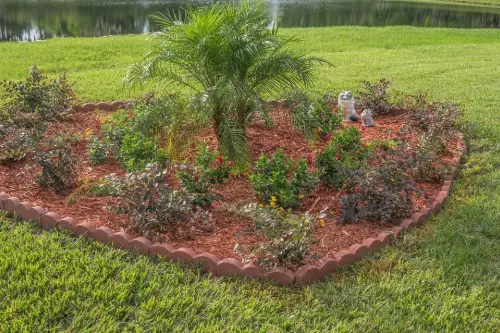
Mulch is great for keeping weeds down and moisture in, but it also creates the perfect hiding spot for pests. Thick mulch layers can trap moisture and warmth, making it ideal for ants, earwigs, and even termites. Rodents like to burrow in it too, especially if it’s near the foundation of your house. Organic mulches like wood chips break down over time, attracting even more insects.
Many homeowners don’t realize that their lovely, tidy flowerbeds can double as pest condos. The deeper and denser the mulch, the more attractive it is to critters. Keep it to a couple of inches thick and avoid piling it against your home’s walls. That way, you’ll still get the benefits without giving pests a place to move in.
5. Garden Statues and Ornaments
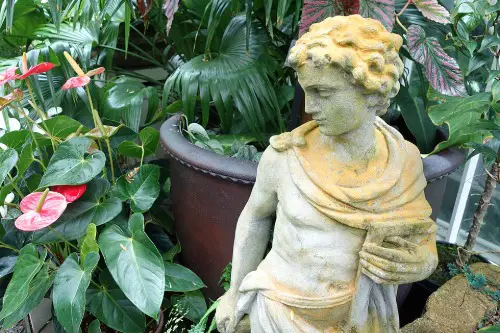
Decorative statues and yard art can add personality to your garden, but they can also create unexpected shelter. Hollow statues or ones with lots of nooks and crannies offer perfect hiding spots for spiders, wasps, and even rodents. If they’re rarely moved or cleaned, pests can settle in unnoticed for a long time. Moisture can collect underneath them, making the area even more appealing.
People often overlook these decorations as potential pest havens because they seem so benign. But bugs love quiet, undisturbed spots where they won’t be bothered. Flip or lift these items occasionally to check for unwanted squatters. Regular movement and cleaning go a long way in keeping pests from claiming them as home.
6. Outdoor Cushions and Fabrics
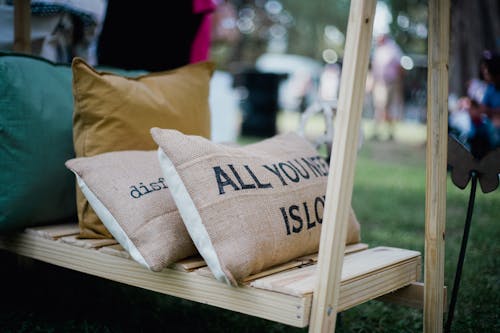
That cozy patio seating area with cushions and throws? It’s also cozy for pests. Outdoor fabrics, especially if left out in rain or overnight, can become damp and moldy, attracting bugs like earwigs and sowbugs. Rodents and birds might even try to nest in the cushions if they’re soft and rarely moved.
It’s easy to forget about those cushions once you head inside, but pests don’t take the night off. Even spiders love setting up shop in between seat cushions and under furniture. Bringing fabric items indoors when not in use or storing them in a sealed bin can help a lot. Waterproof covers or quick-dry materials are also good investments if you’re not keen on daily cleanup.
7. Unused Plant Pots
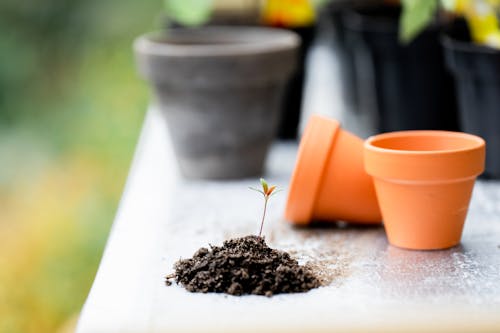
Empty plant pots sitting around your yard might seem harmless, but they’re basically condos for bugs. They trap moisture, collect rainwater, and provide a nice, shady place to hide. Ants and slugs love them, and mosquitoes can breed in even a thin layer of standing water inside. Larger pots can even shelter small rodents or snakes.
Most people leave a few empty containers outside without a second thought. But the longer they sit, the more appealing they become to pests looking for shelter or breeding grounds. Turn pots upside down or store them in a dry place when not in use. This simple step keeps your yard less cluttered and less buggy.
8. Decorative Firewood Stacks
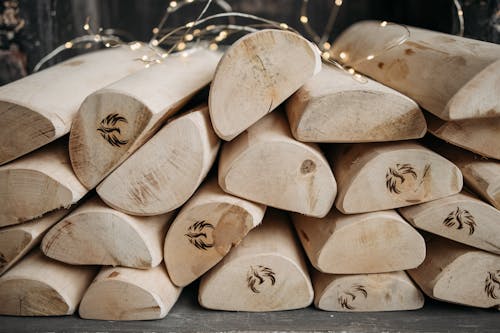
That rustic stack of firewood adds charm, but it’s also a hotspot for insects like termites, spiders, and beetles. Firewood provides both food and shelter, especially when it’s stacked close to the ground or against the house. Rodents might nest in it, and snakes may follow them in. Plus, damp logs attract even more bugs.
Just because it’s decorative doesn’t mean it’s pest-free. Always keep firewood at least a few inches off the ground and a good distance from your home. Rotate the stack now and then, and use the oldest logs first. A little maintenance prevents your cute woodpile from becoming a bug buffet.
9. Overgrown Vines and Trellises
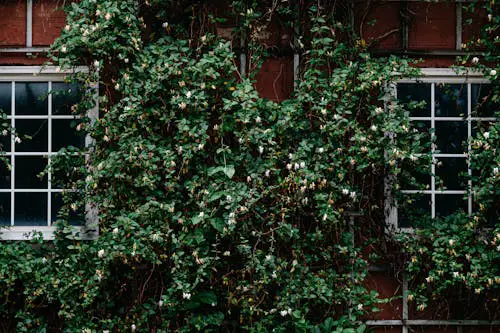
That romantic vine-covered trellis can be a secret highway for pests. Dense vines provide excellent cover for insects, rodents, and even snakes. They also create damp, shaded microclimates where bugs thrive. If the vines grow too close to your home, they can act as a bridge for pests to get inside.
It’s easy to love the lush, green look—but pests love it even more. Regular trimming and keeping vines away from doors, windows, and roofs makes a big difference. Letting them sprawl unchecked creates all kinds of hidden spaces for bugs to hide and breed. Stay on top of growth to keep things beautiful and bug-free.
10. Compost Bins and Decorative Baskets
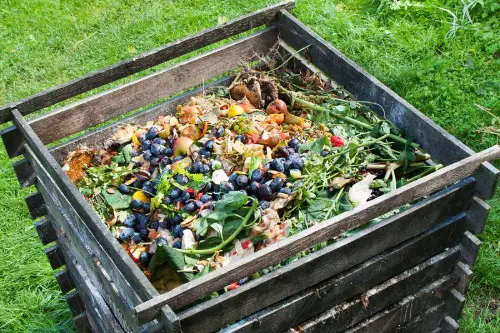
A stylish compost bin or woven garden basket might look great, but it can be a pest magnet if not properly sealed. Food scraps and decomposing matter attract everything from fruit flies and ants to rodents and raccoons. If the container has gaps or isn’t rodent-proof, it’s an open invitation. Even decorative baskets with natural materials can harbor bugs if left outdoors.
We love the eco-friendly vibe, but composting comes with responsibility. Always use bins with tight lids and pest-resistant designs. Avoid placing compost right next to your entertaining or garden areas. You’ll still reap the benefits of compost without hosting a critter convention.
This post 10 Outdoor Decor Items That Accidentally Invite Pests was first published on Greenhouse Black.
